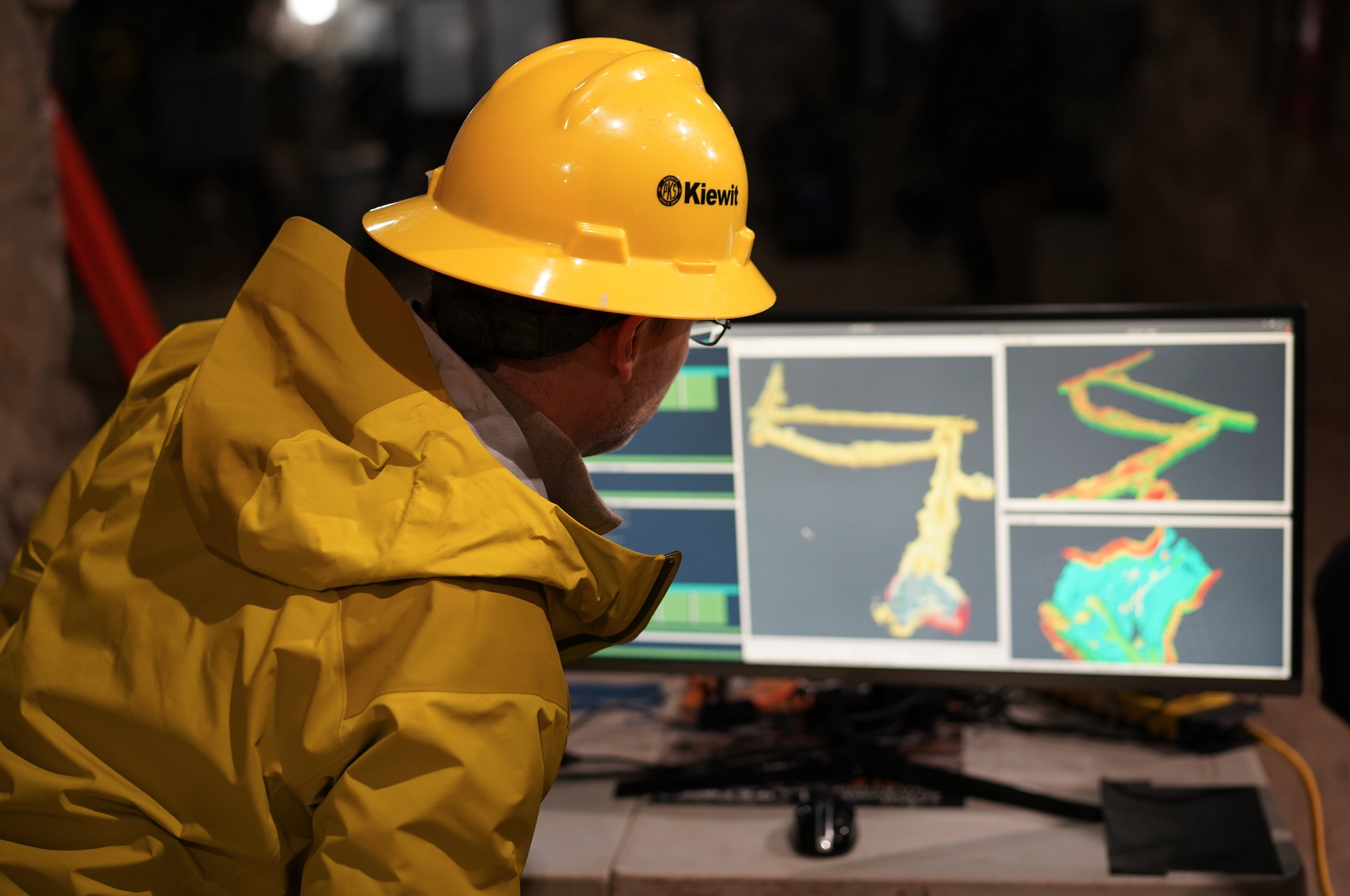
Building next generation autonomous robots
Two years after the DARPA Subterranean Challenge, CU Boulder's Team MARBLE is pushing the technology even further, earning new research grants to expand the technology and creating new applications in the rapidly growing world of autonomous systems.
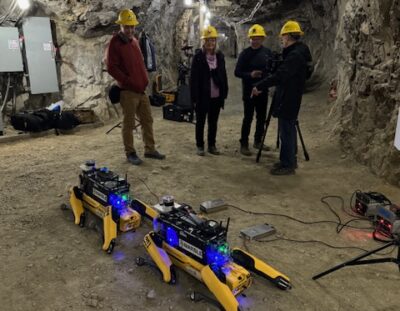
CBS Sunday Morning: Challenges of exploring subterranean worlds
Prof. Humbert discusses the challenges of interrogating subterranean environments with teams of autonomous robots with journalists from CBS Sunday Morning during a search and rescue deployment at the Edgar Mine in Idaho Springs, CO.
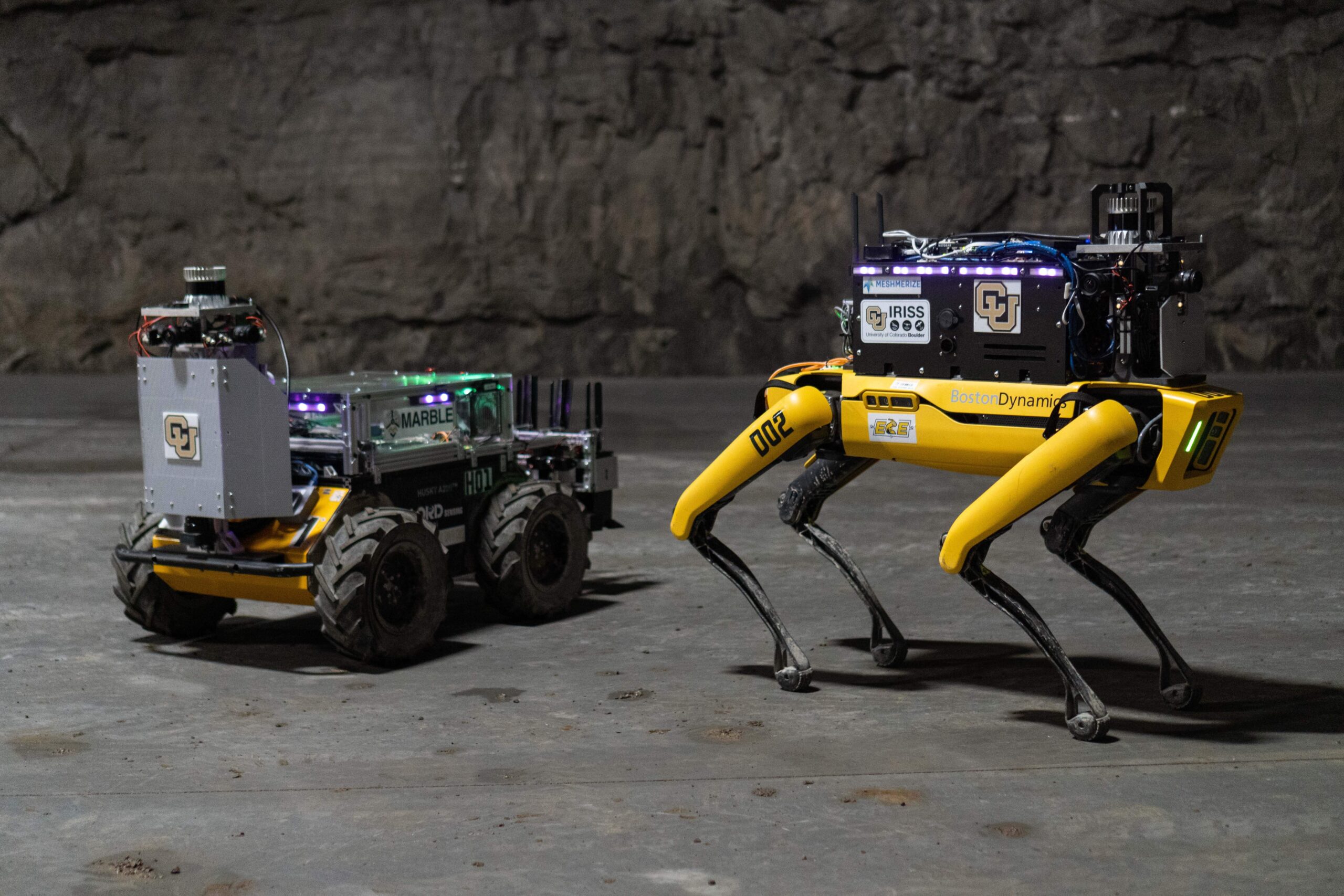
CU Boulder offers new MS and PhD programs in Robotics
The University of Colorado Boulder has started a graduate engineering program in robotics, led by Prof. Humbert, to fill a growing need in an in-demand field.
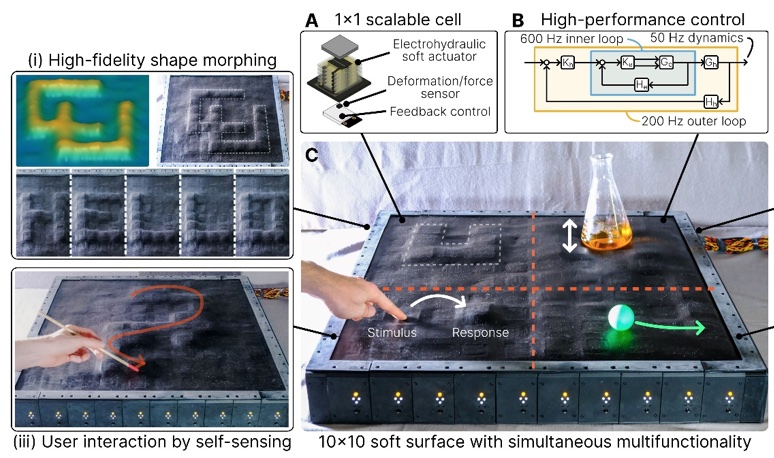
3D display could soon bring touch to the digital world
Engineers at CU Boulder have designed a new, shape-shifting display that can fit on a card table and allows users to draw 3D designs and more.
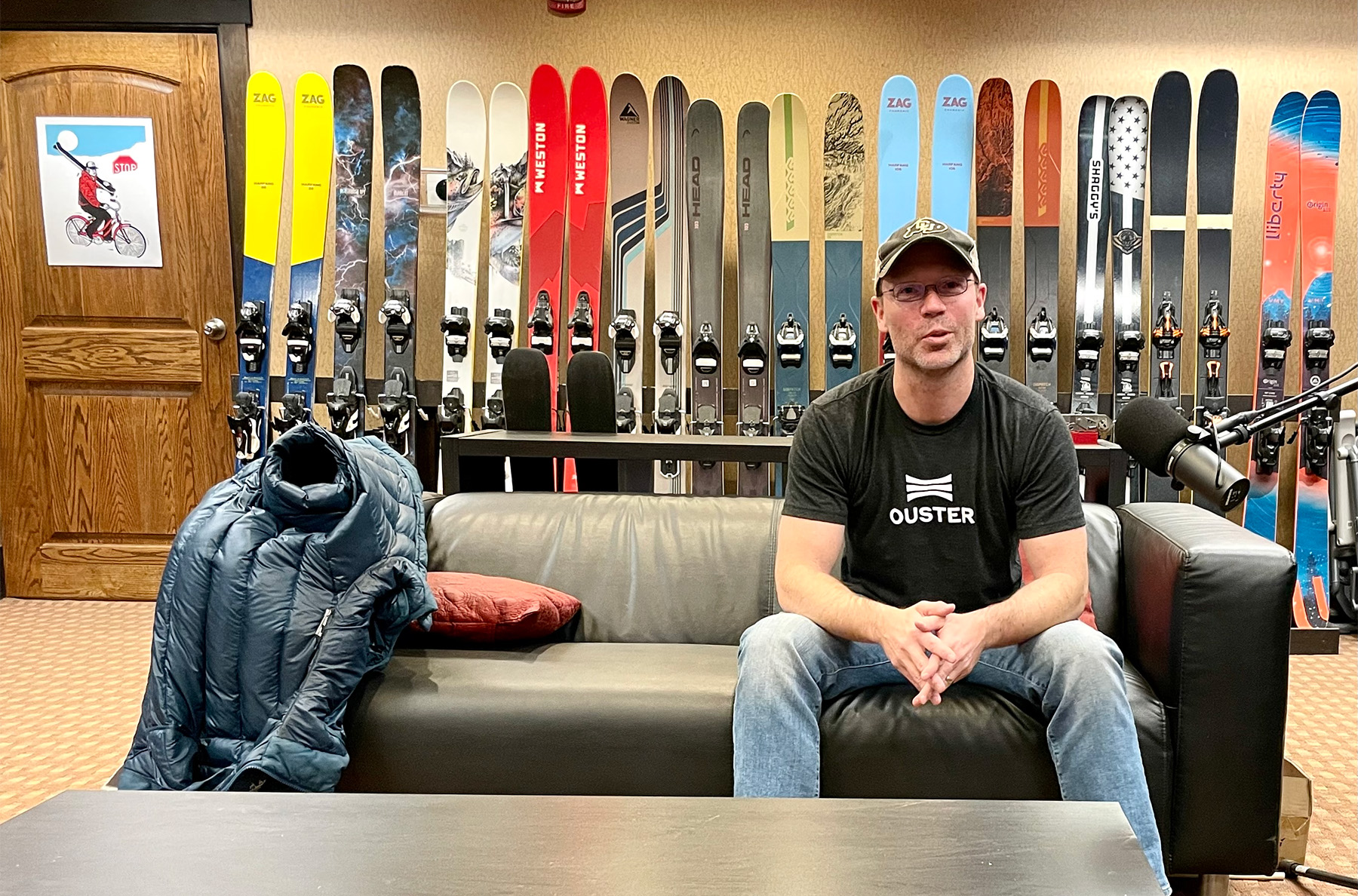
Blister Labs: AI, machine learning, & ski reviewing
Dr. Sean Humbert is back on the GEAR:30 podcast to provide an update on our ski testing at Blister Labs; discuss the potential of artificial intelligence and machine learning for product reviewing and ski recommendation engines; and more.

Bioinspired robots walk, swim, slither and fly
Engineers, including Prof. Sean Humbert from CU Boulder look to nature for ideas on how to make robots move through the world.
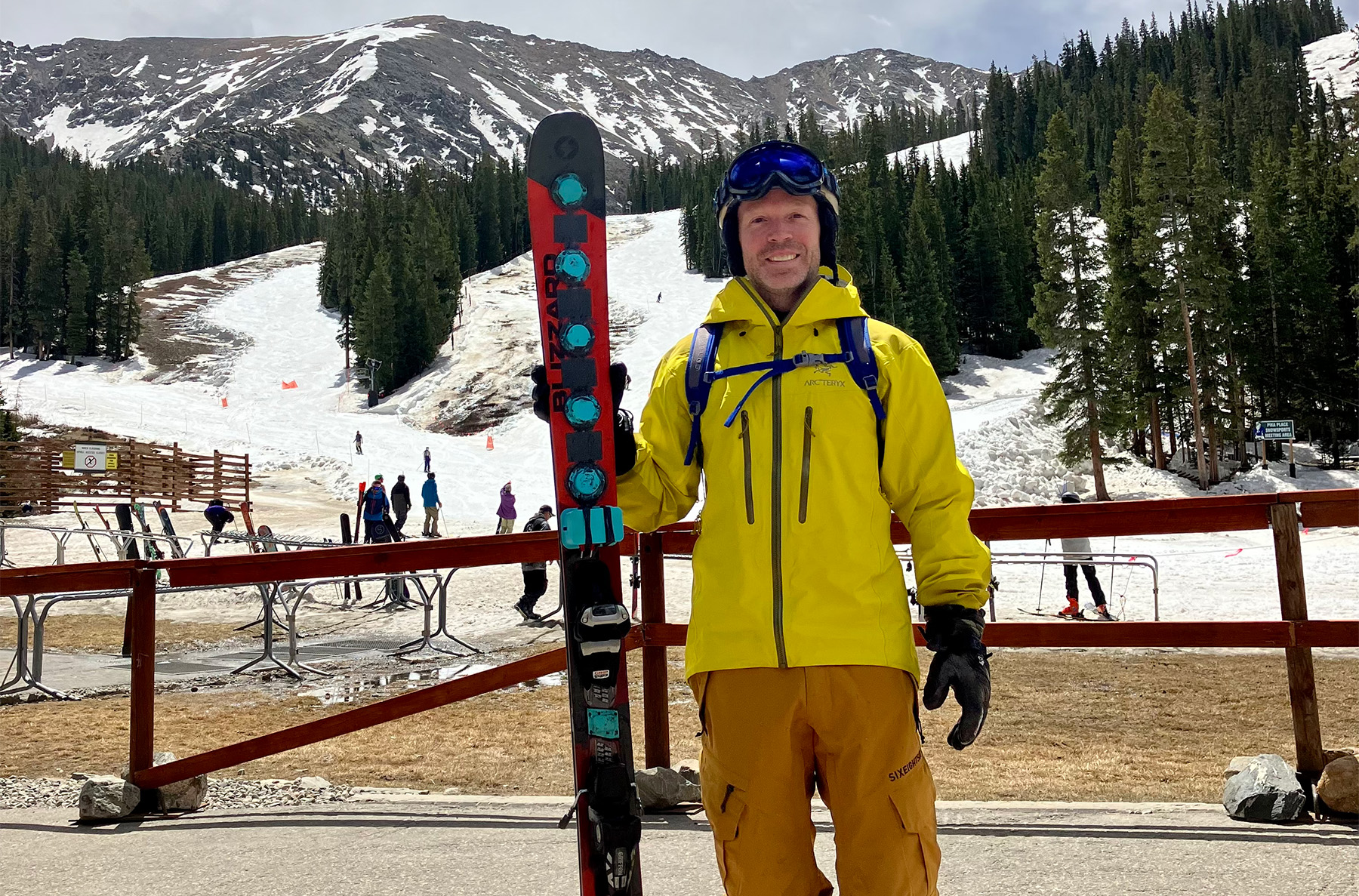
Blister Labs: Ski testing & dynamic modeling with Sean Humbert
In this Blister Labs update, Dr. Sean Humbert joins the GEAR:30 podcast to talk about the movie Real Genius; flies; ski testing and dynamic modeling; math and slarving; and more.
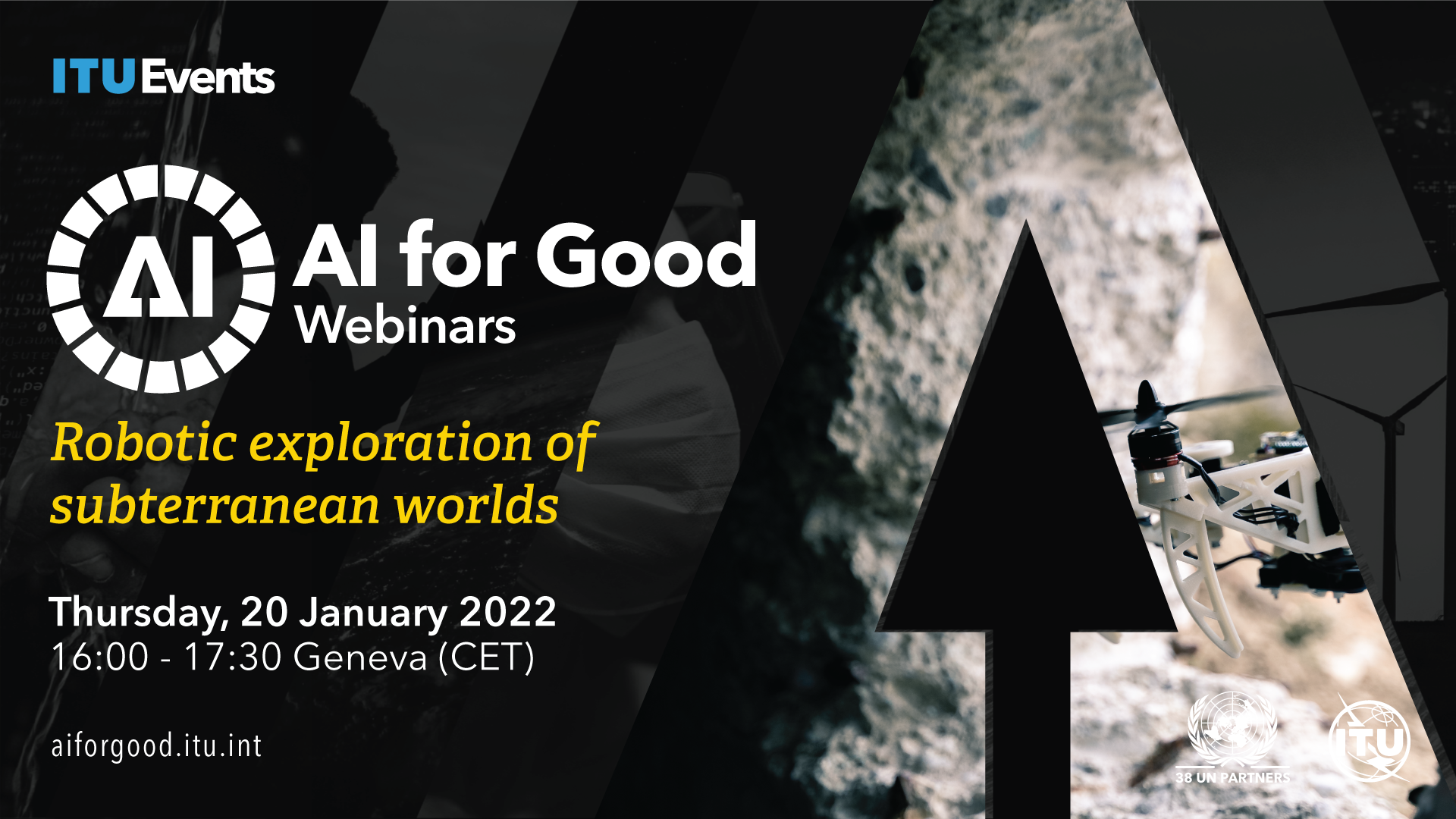
AI for Good: Robotic exploration of subterranean worlds
Motivated by the organization of the DARPA Subterranean Challenge, Prof. Humbert and colleagues highlight the current state-of-the-art robots, explores the remaining scientific challenges, and assesses the applications and limitations of such technologies.
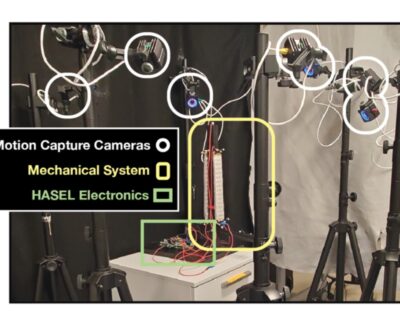
Army STTR contract awarded to Artimus Robotics
Artimus Robotics, a spin out of the University of Colorado Boulder, will partner with Dr. Sean Humbert of the Bio-Inspired Perception and Robotics Laboratory (BPRL) to further the development and technical capabilities of HASEL actuators, specifically the functionality of its smart, self-sensing feedback features.

Sean Humbert to serve on the DARPA Microsystems Exploratory Council
The council’s mission is to help DARPA’s Microsystems Technology Office assess the status of advanced microelectronics and microsystems technology as it relates to Department of Defense and national security issues.
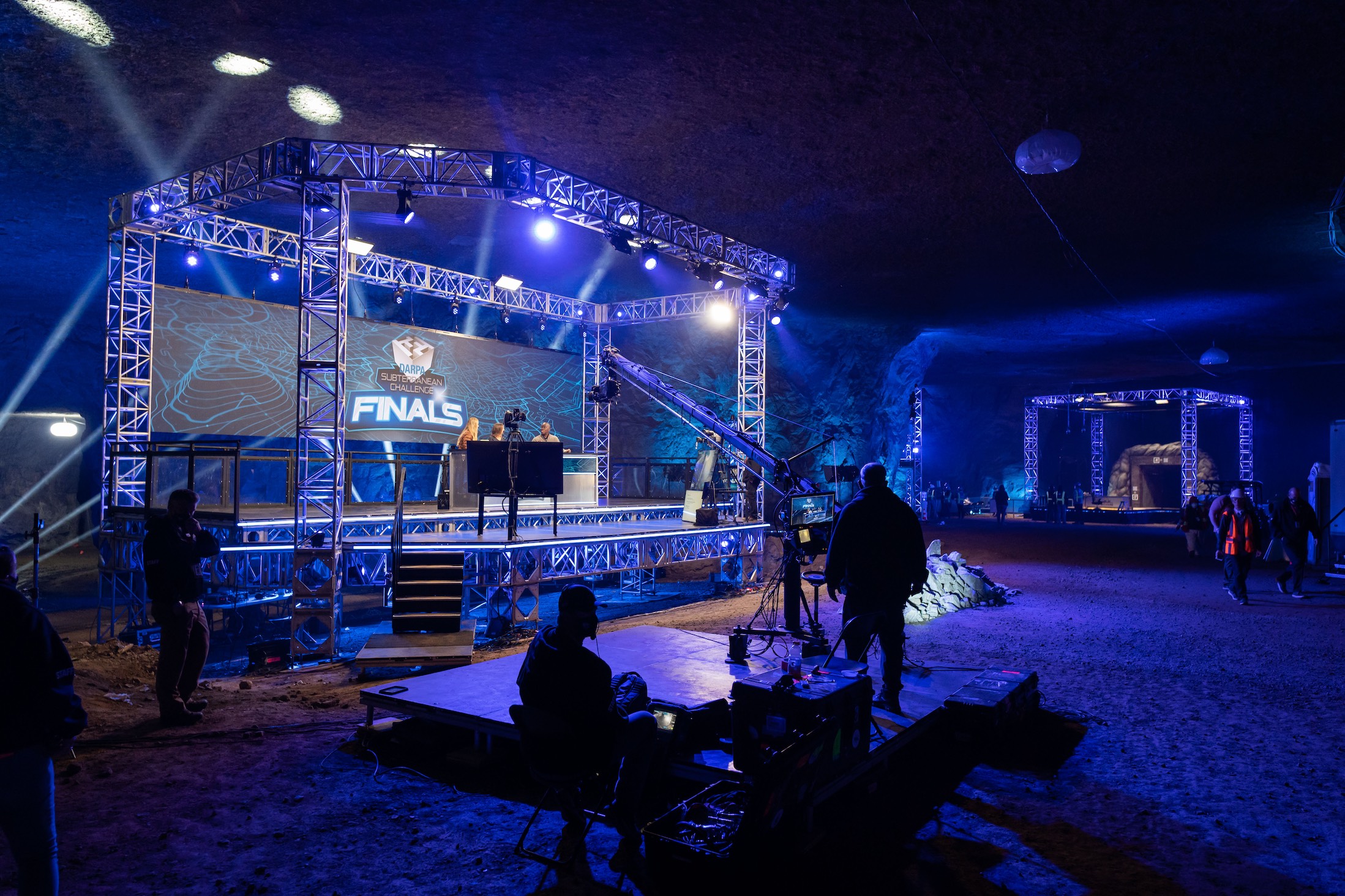
The Pentagon’s $82 Million Super Bowl of Robots
Inside the three-year DARPA Subterranean Challenge competition that raises the question: How long until humans are obsolete?
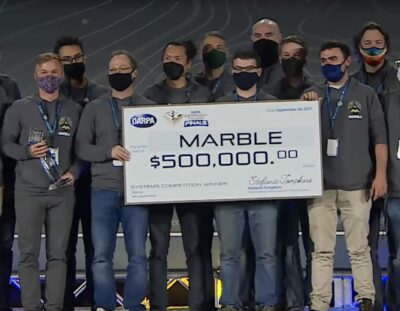
CU Boulder team takes home $500,000 in international underground robotics competition
A CU Boulder team has taken home third place and $500,000 in prize money in an international competition that sends teams of robots deep underground to conduct search-and-rescue operations.
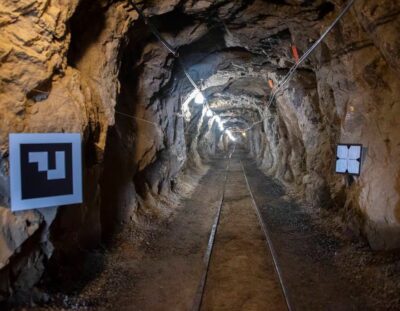
A DARPA competition to build underground robot teams to assist troops enters its final challenge this week
Prof. Humbert discusses the final event of the DARPA Subterranean Challenge with the Army Times reporters, which kicks off Tuesday at the Louisville Mega Cavern in Louisville, Kentucky.
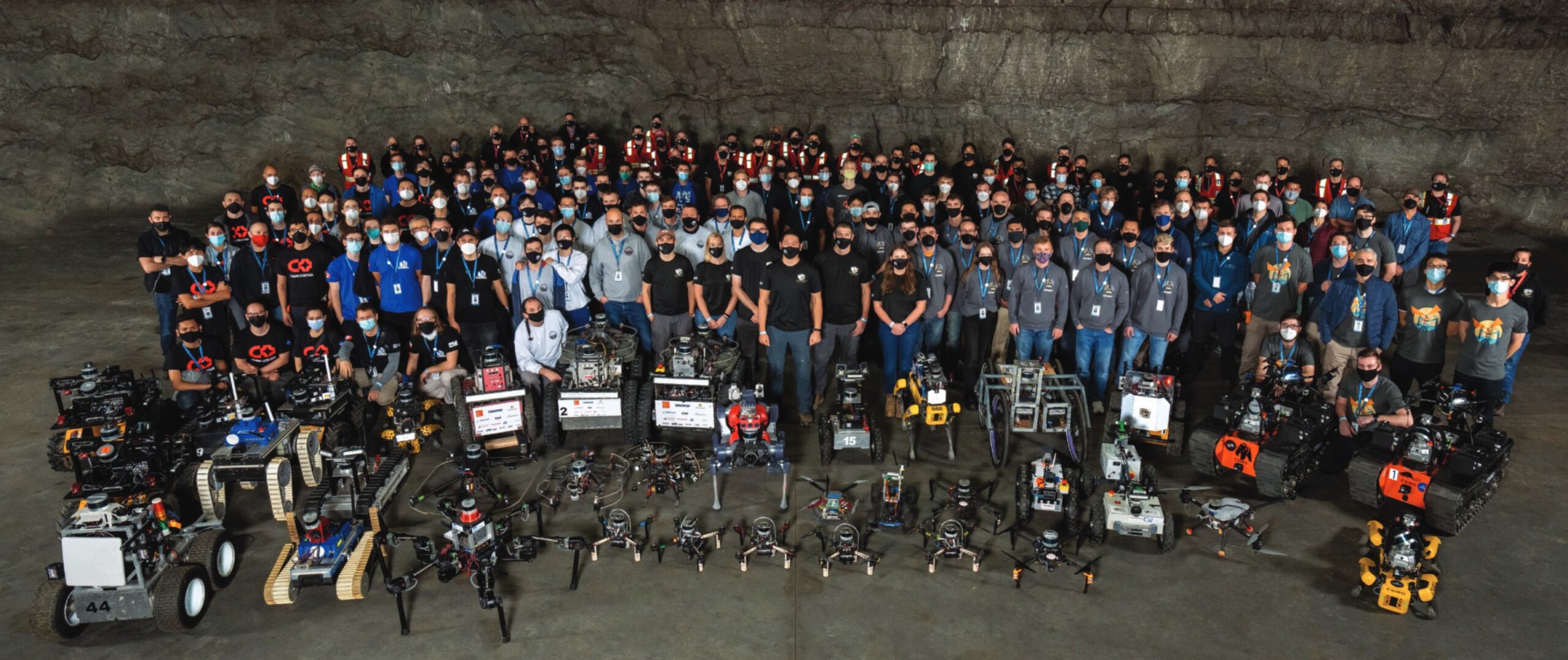
Your Guide to the DARPA SubT Finals: Meet the Teams
PhD student Gene Rush discusses Team MARBLE's preparation for the DARPA Subterranean Challenge Finals Event with Evan Ackerman from IEEE Spectrum Magazine.

CU Boulder faculty, students competing in underground robot challenge
Dr. Sean Humbert and PhD student Michael Ohradzansky discuss the upcoming DARPA Subterranean Challenge Final event with Denver7 News.
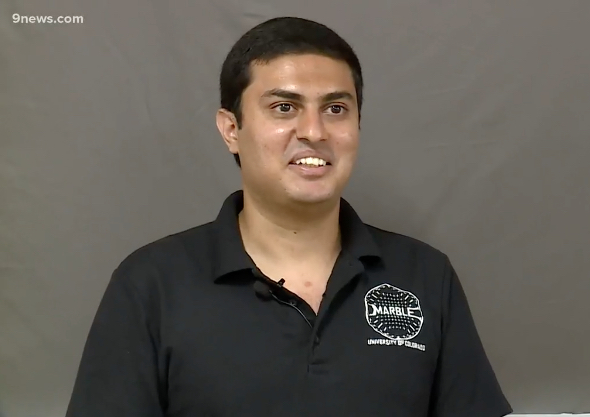
Robot competition may drive search and rescue innovation
A team of engineers from CU Boulder, including PhD student Shakeeb Ahmad, sits down with Channel 9 News to discuss how their search and rescue robots will take their abilities to the next level -- or you could say down a level, because these rescue bots are subterranean.
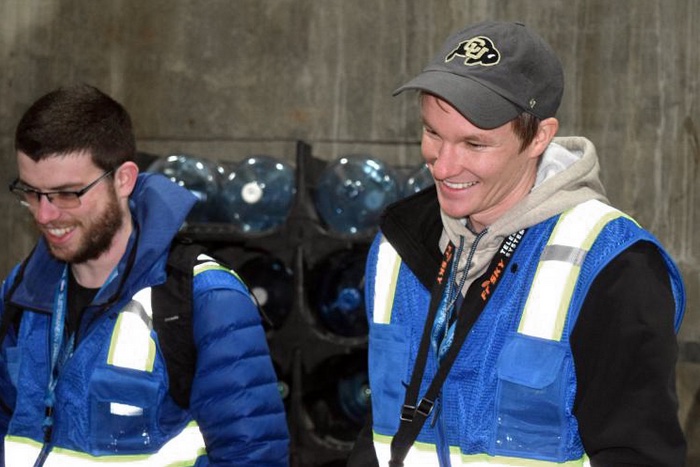
It has to work: Sub T Challenge sharpens students’ skill in the field
Pushing the boundaries of robotics at the Urban Circuit Event in the DARPA Subterranean Challenge.
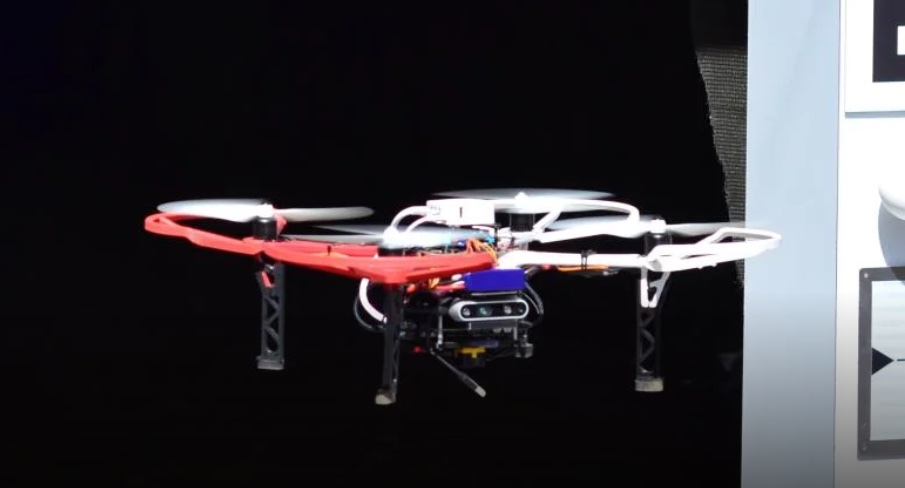
Drones go underground in high-stakes competition
CU Boulder's Team MARBLE prepares for the STIX (SubT Integration eXercise) event for the DARPA Subterranean Challenge.
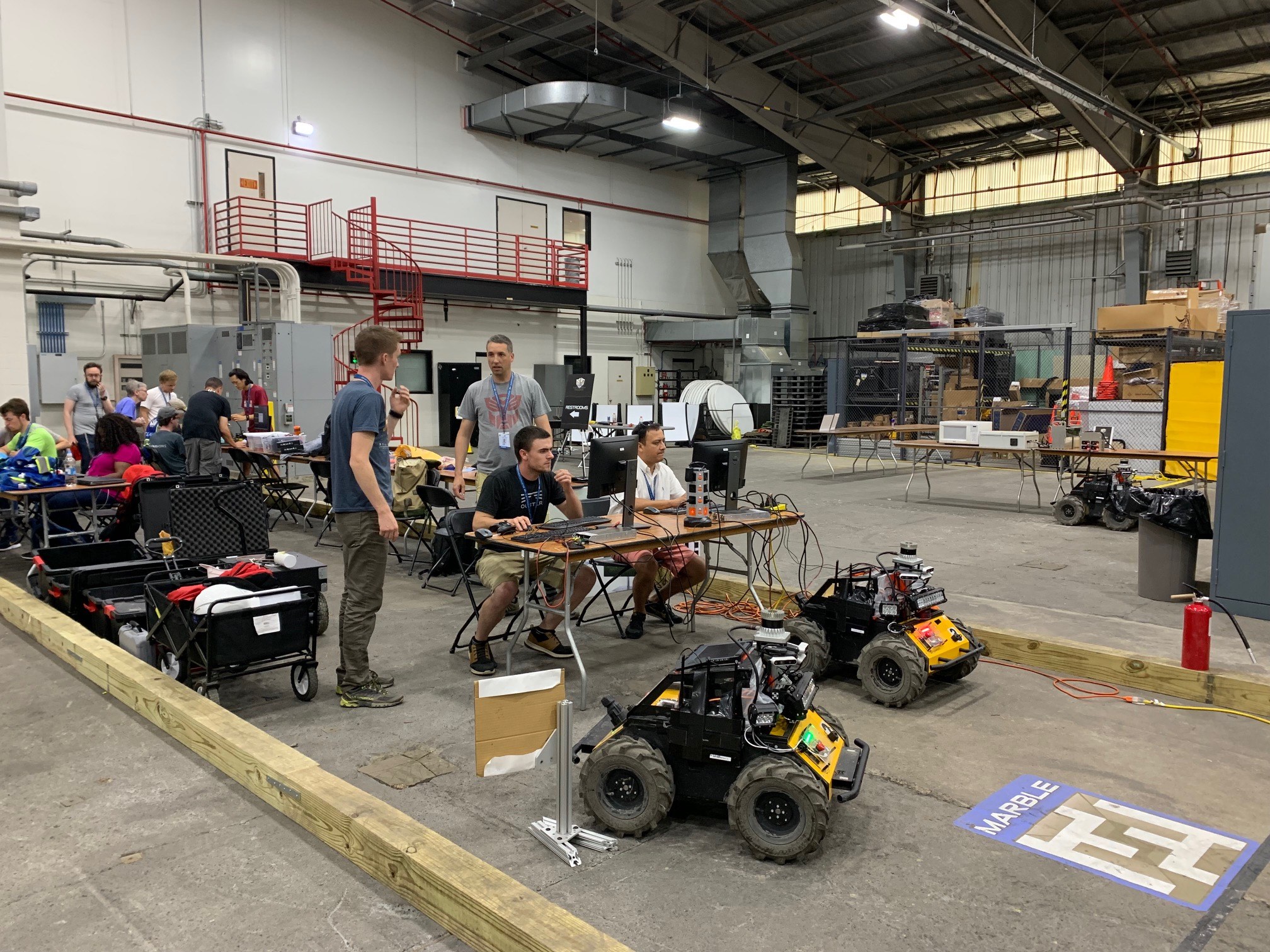
Field Report: Lessons From First Leg of DARPA Subterranean Challenge
Prof. Humbert and other PIs from the DARPA Subterranean Challenge Teams discuss technology obstacles in having robots locate objects in underground mine environments.
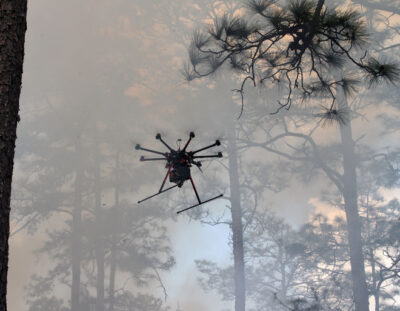
Engineers Want Drones To Go Subterranean To Save Lives After Earthquakes And Cave-Ins
Prof. Humbert joins the Colorado Matters radio podcast to discuss the challenges of building drones, both aerial- and ground-based, to explore surroundings with no light and no GPS.

Researchers test insect-inspired robots
Prof. Humbert and Dr. Joe Conroy (former PhD student) discuss the Micro-Autonomous Systems Technology Collaborative Technology Alliance (MAST-CTA) with the Army Technology Magazine.
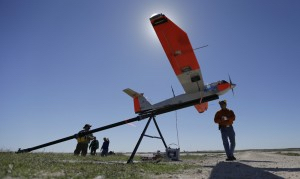
Universities Pave the Way for Drone Testing
Prof. Humbert and other faculty performing research with unmanned aircraft systems (UAS) discuss the FAA test sites whose goal is to conduct research vital to integrating UAS into the nation's airspace.
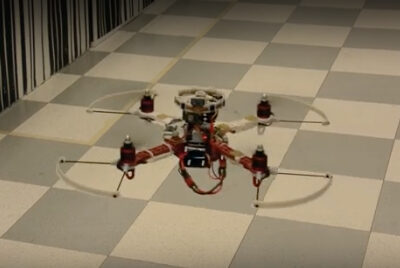
Insect-Inspired Drones Could Change Disaster Response
Prof. Humbert and PhD students Greg Gremillion and Hector Escobar discuss how microscale drones that are able to navigate by themselves can be used in disaster site exploration, military operations and cluttered urban environments.
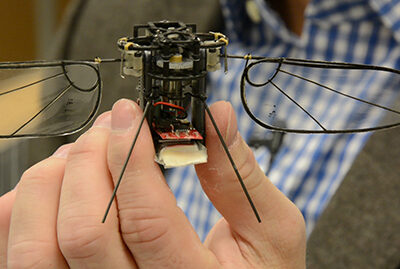
Insects Help Scientists Design and Build Smaller Drones
Inside the University of Maryland’s Autonomous Vehicle Laboratory, Dr. Sean Humbert is researching an unusual combination of insects, drones, and drones that look like insects.
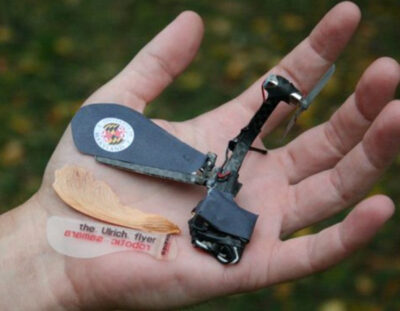
Researchers build flying robotic 'tree helicopter'
The researchers, Evan Ulrich, Darryll Pines, and Sean Humbert from the University of Maryland, discuss their research on robotic samaras, published in a recent issue of Bioinspiration & Biomimetics.
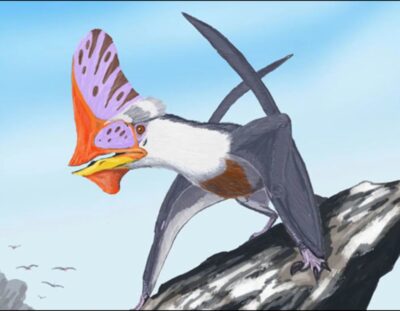
Crested pterodactyl inspires aircraft design
Professor Sean Humbert from the University of Maryland and others discuss the latest in futuristic aircraft design that borrows from the past: A 225-million-year-old pterodactyl may soon be reborn as a flying robot.
